Unfolding the Multilayered Beauty of Arabic Architecture: An Artist’s Personal Journey
A personal exploration of tradition, beauty, and the timeless legacy of Arabic design and architecture.
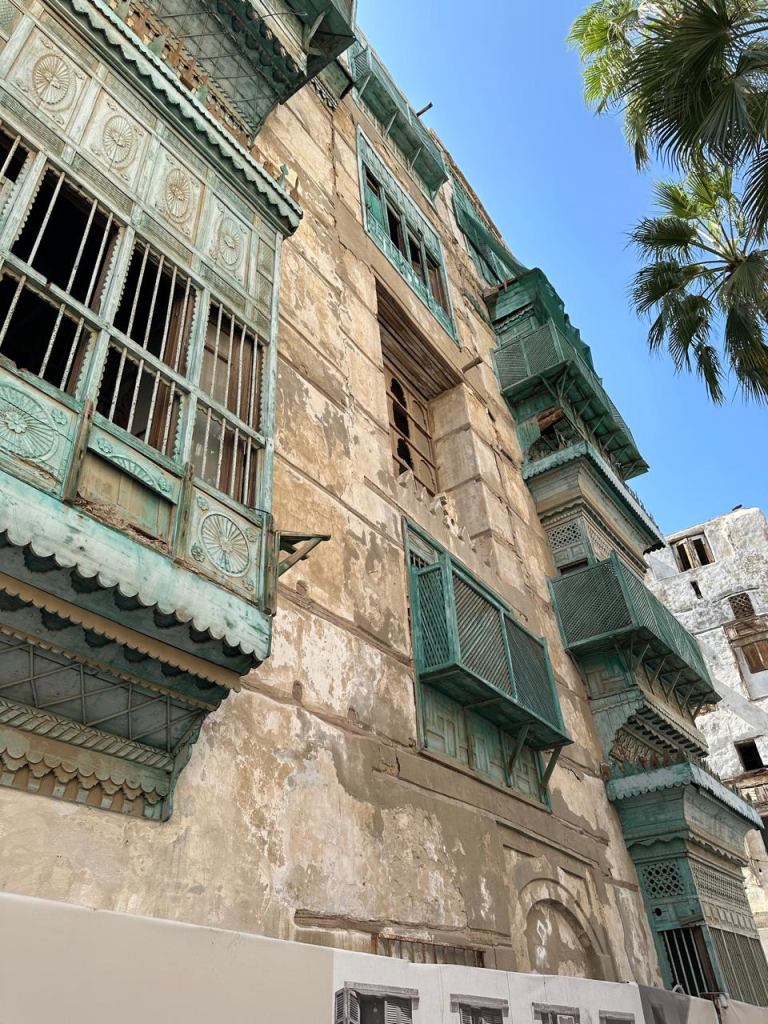
Multilayered Beauty: The Timeless Legacy of Arabic Architecture
Even though I have lived in the Arab world for years and constantly travel across Arab countries, I still find myself mesmerized—over and over again. There is something profoundly unique about this part of the world, something that stays with you, grows on you, and reveals itself in layers, much like its architecture.
What fascinates me most—both as an artist and a designer—is how Arabic culture balances heritage and modernity without contradiction. The world is constantly evolving, yet here, the past is not just preserved—it is lived, worn, and celebrated with pride.
I see it in the abaya and kandura, which at first glance may seem simple and traditional, but when you look closer, you notice the elegance of the cut, the subtle embroidery, the luxurious fabrics that move effortlessly with the person wearing them. And underneath the abaya? A world of layered fashion, modern yet deeply connected to tradition.
The same can be said for Arabic architecture and design. What may appear minimal from afar is, in reality, a deeply intricate and multilayered experience, one that tells stories of centuries past while standing firmly in the present.
Design That Lives Through Centuries
What amazes me the most about Arabic design is that it is not a relic of the past—it is a living, breathing entity, just like the people who carry their traditions forward.
Across Morocco, Saudi Arabia, the UAE, and Egypt, I have seen how architecture remains rooted in history yet continuously reinterpreted. It’s in the way traditional courtyards are reimagined in modern homes, how mashrabiya screens now shape contemporary hotel facades, how arches soften even the most minimalist interiors, and how calligraphy and geometric patterns find their place in sleek, modern structures.
Arabic design does not simply follow trends—it sets them, because it is built on something deeper than aesthetics: a connection to identity, land, and climate.
This is why the Arab world doesn’t just have “beautiful old buildings”—it has an entire design philosophy that is as practical as it is poetic.

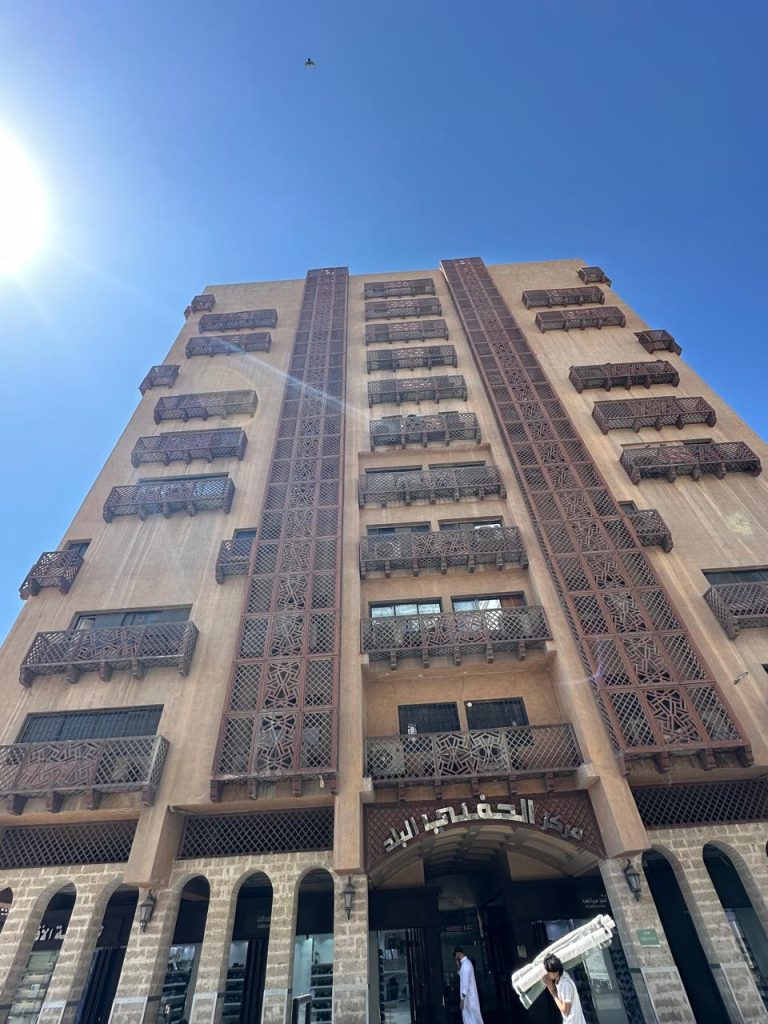



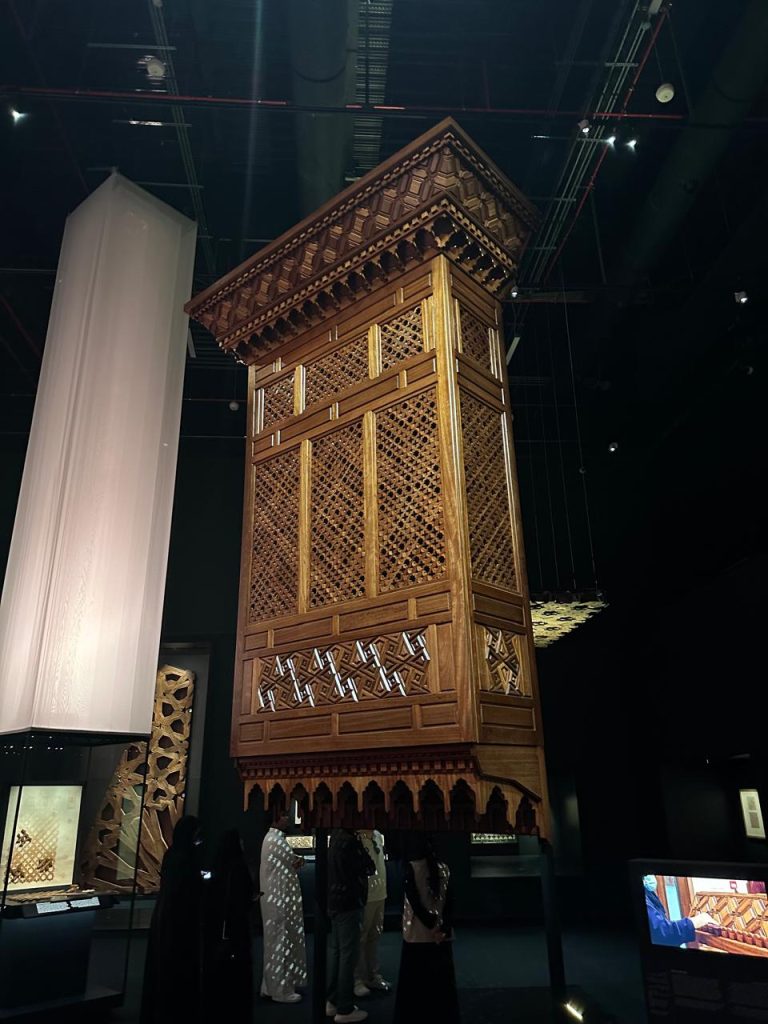
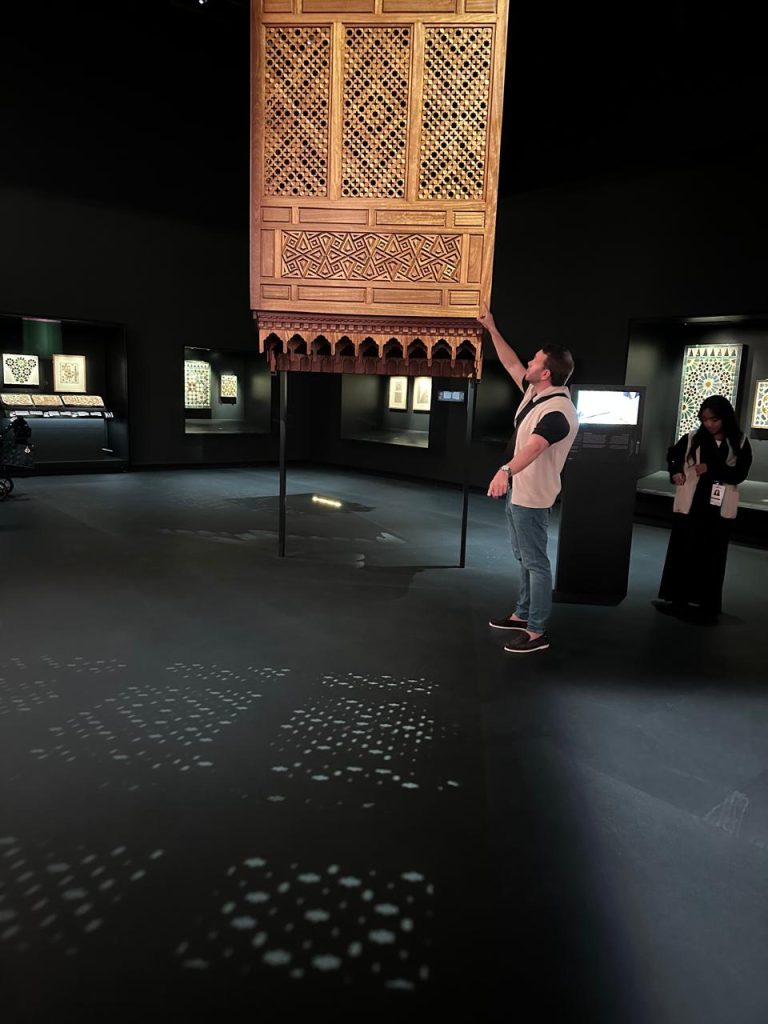
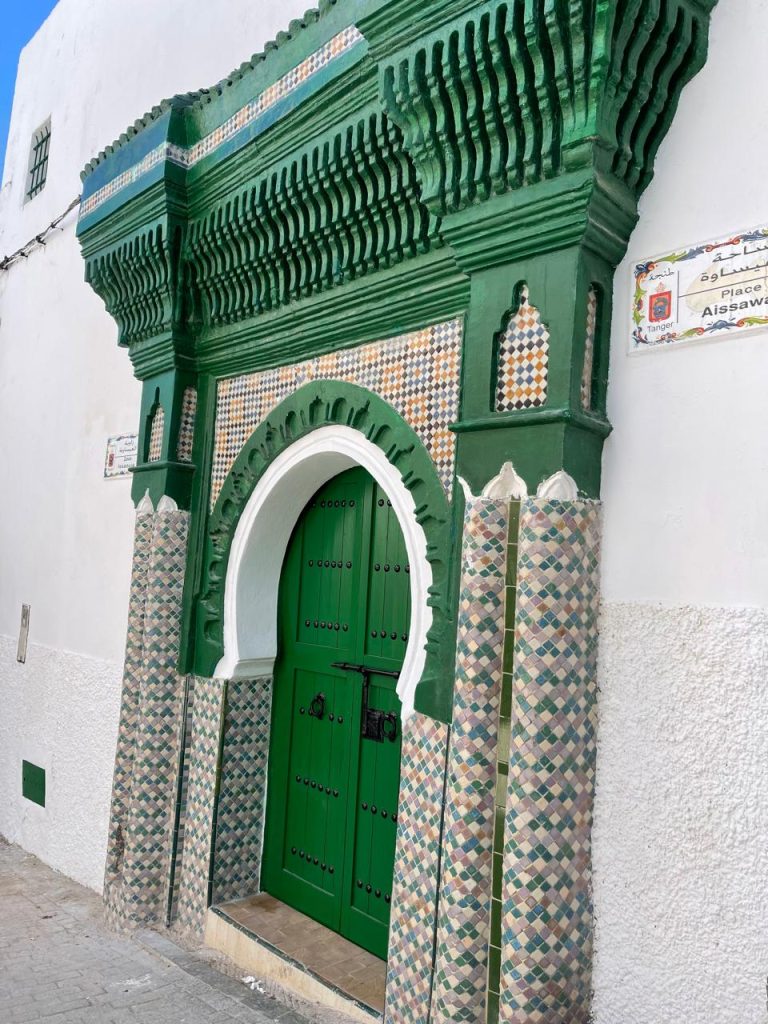

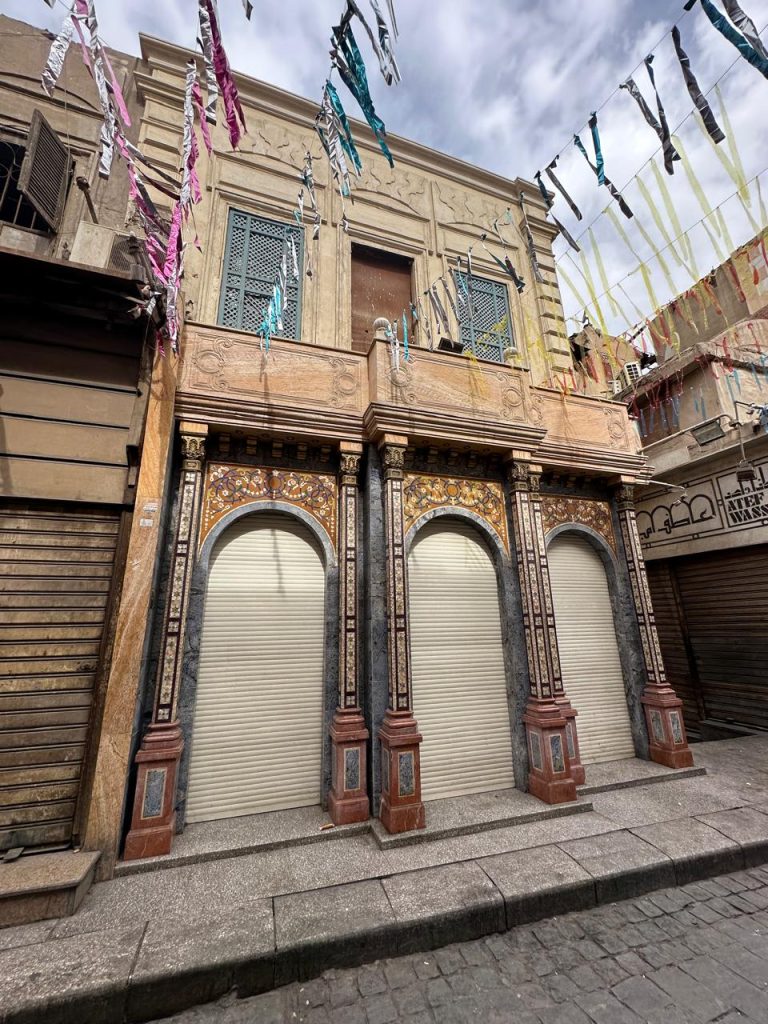
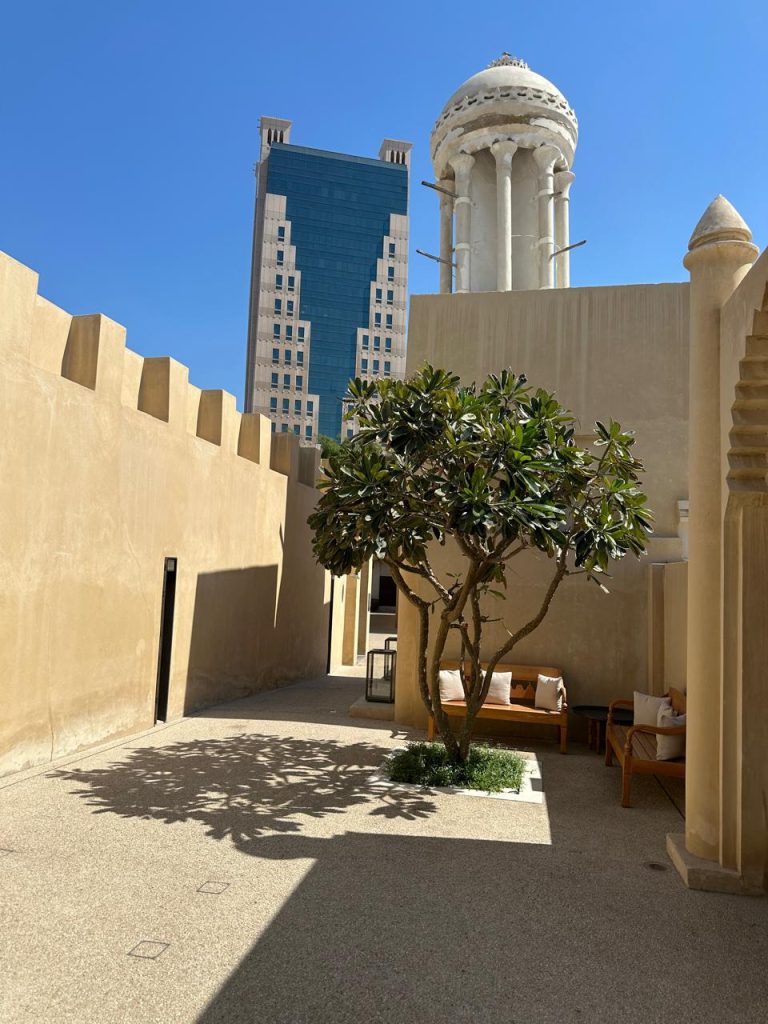

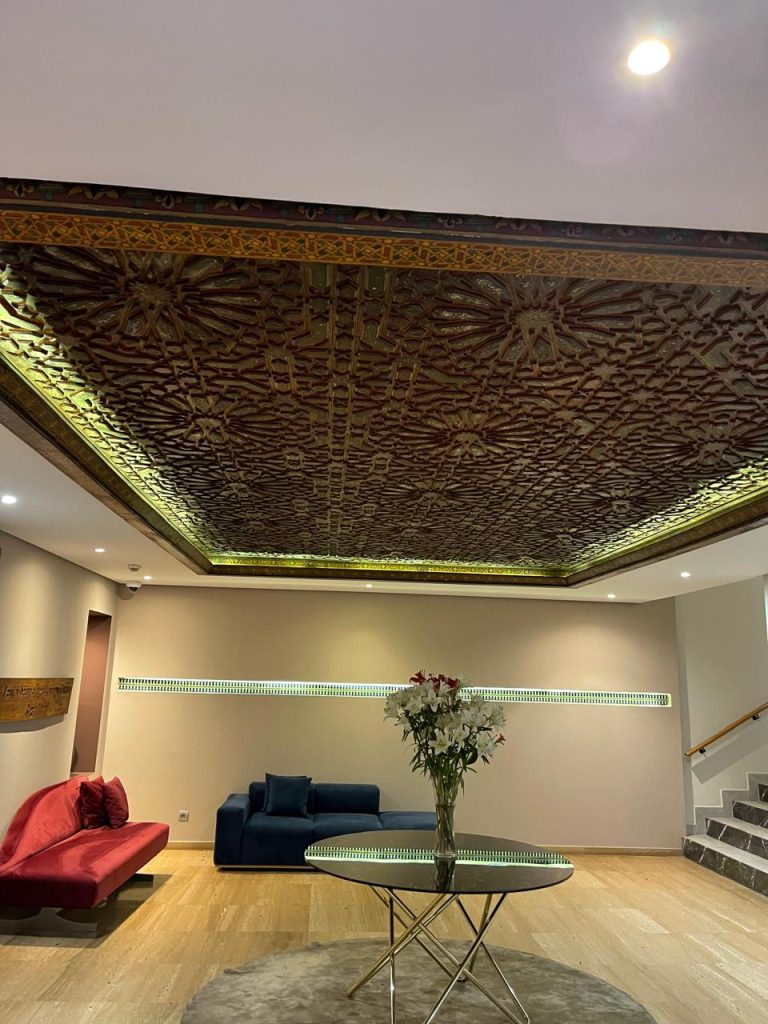
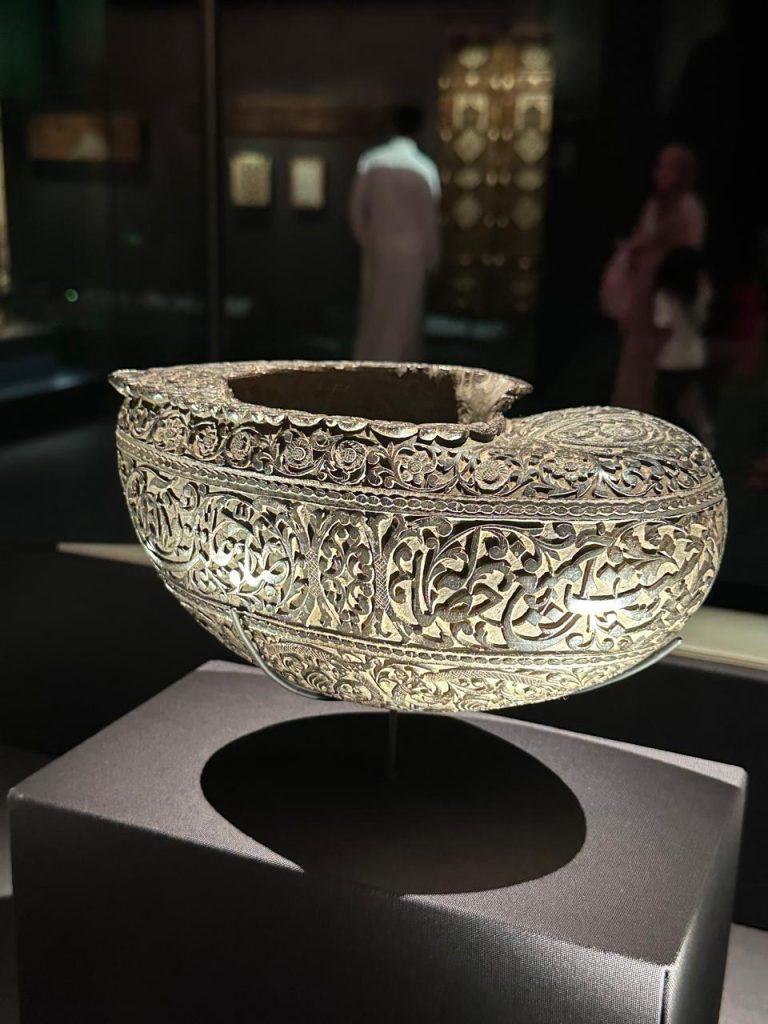
The Juxtaposition That Makes Design Timeless
The contrast in Arabic architecture is what fascinates me most. Old and modern, bright and calm, open yet reserved—each element carefully chosen to create a space that is both inspiring and deeply grounding.
• Light & Shadow: From majestic domes to delicate lattice screens, Arabic design plays with light in a way that adds depth and movement to spaces. A room changes throughout the day, casting ever-shifting patterns that keep the eye engaged without overwhelming it.
• Bold & Subtle: Whether it’s the golden glow of Moroccan brass lanterns or the soft earth tones of Saudi desert homes, there’s always a balance of richness and restraint.
• Grand & Intimate: Even in the most magnificent mosques and palaces, there are small, human-scale details—hand-carved wooden doors, ceramic tiles, and poetic inscriptions—that make a space feel personal and warm.
This constant interplay is what makes Arabic design timeless. It does not demand attention with excess—it draws you in with layers of meaning, form, and function.
Arabic Design as a Global Influence
Arabic architecture is not just shaping the Middle East—it is leaving its mark worldwide.
I see it in luxury projects across Europe and Asia, where designers incorporate arches, geometric patterns, and natural materials into high-end homes and hotels. I see it in the rise of sustainable architecture, where centuries-old desert cooling techniques are being adapted into modern eco-conscious designs.
More and more, architects are realizing what the Arab world has known for centuries: beauty and function must exist in harmony, and design should always tell a story.
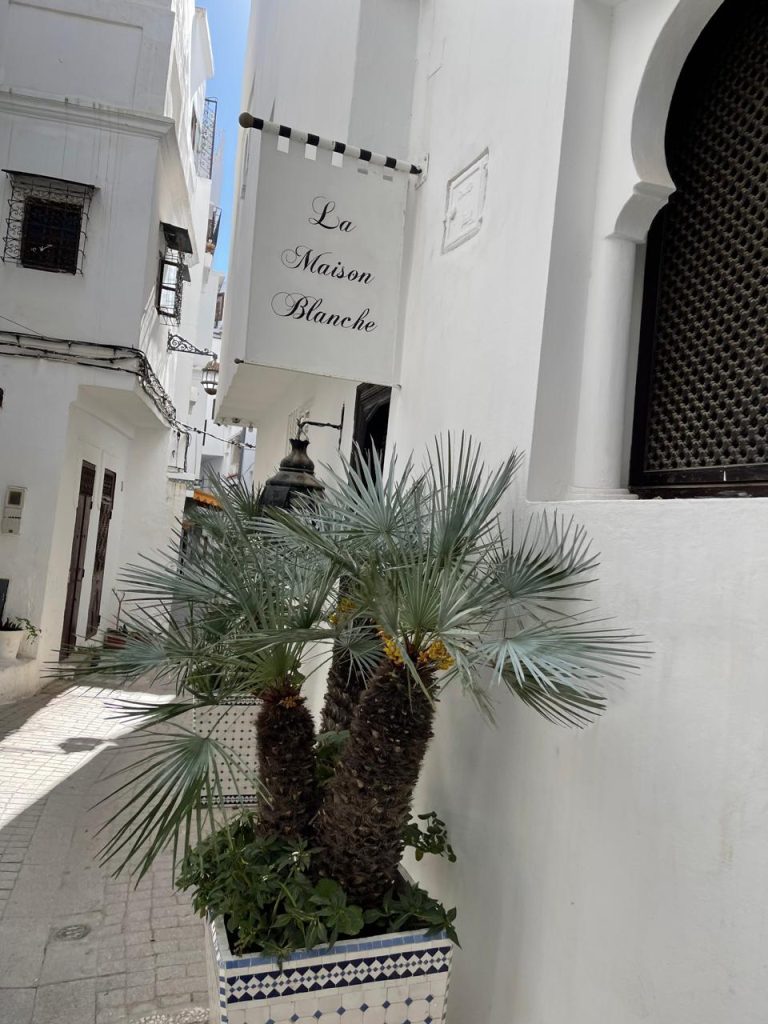
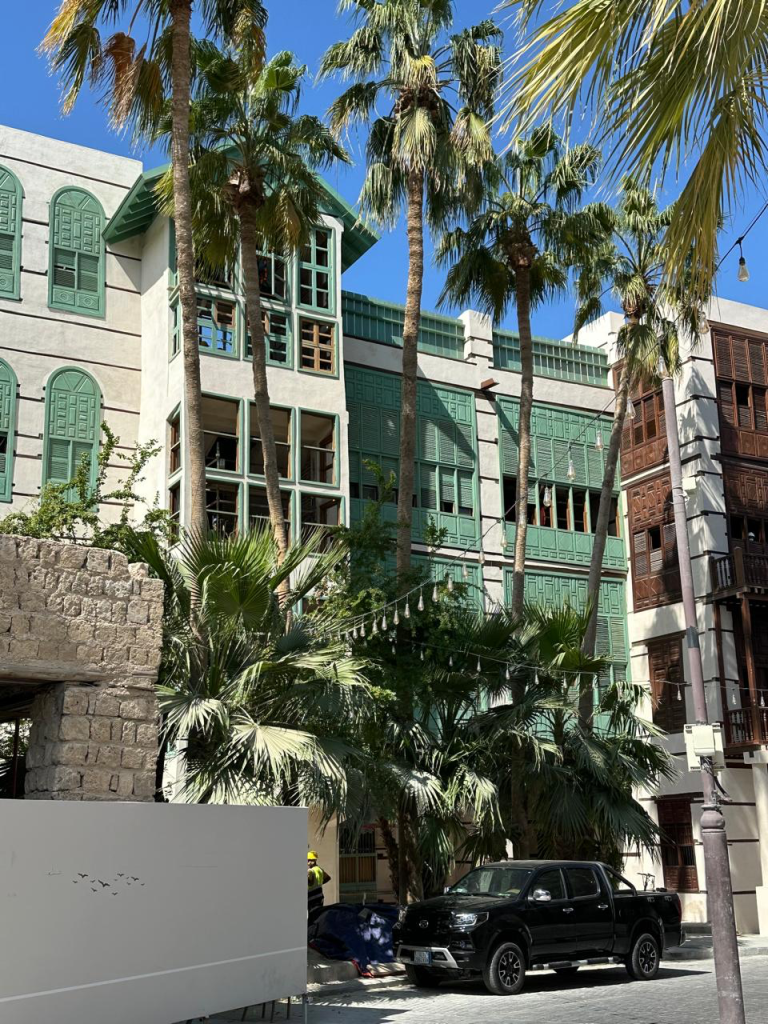
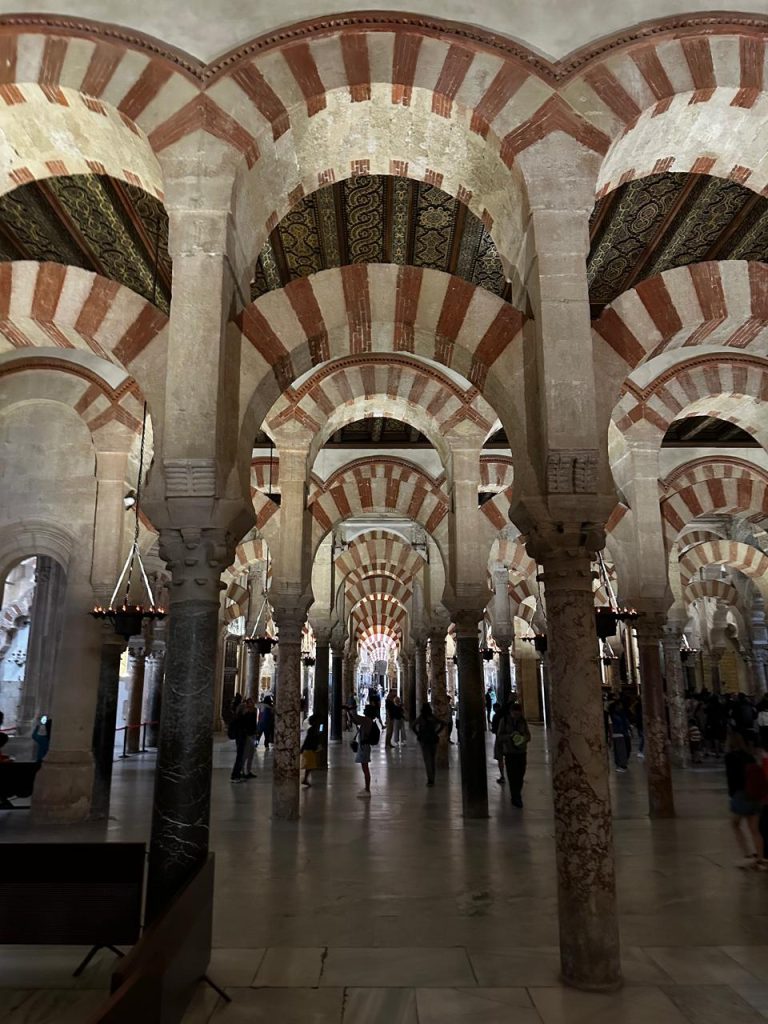
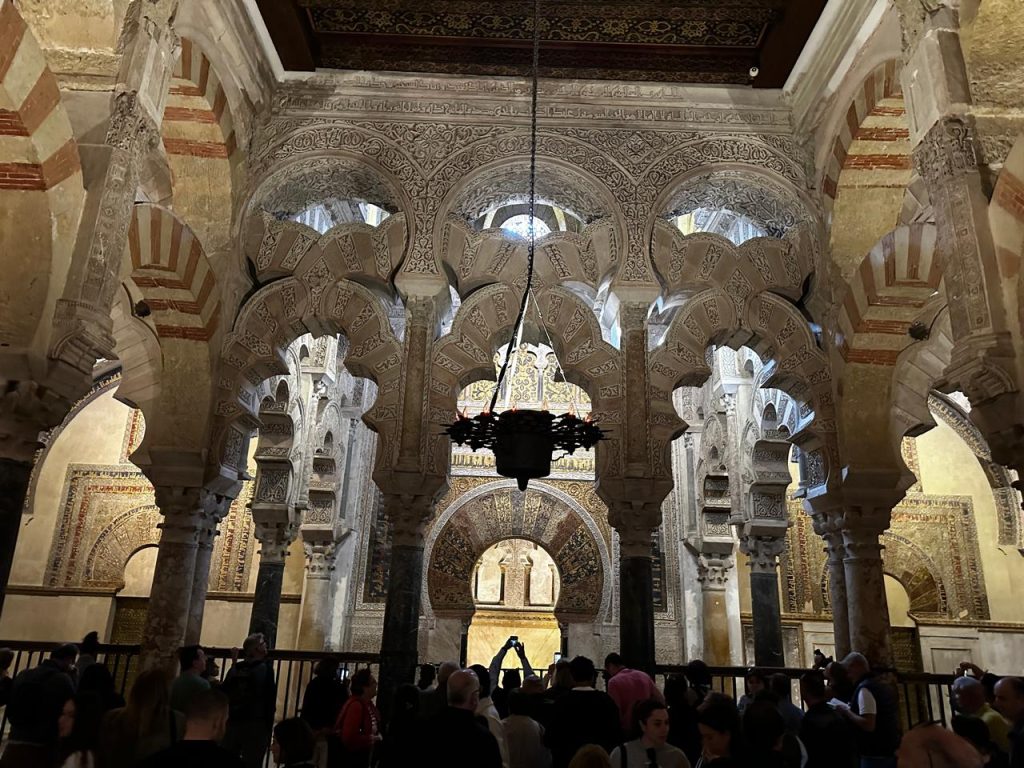
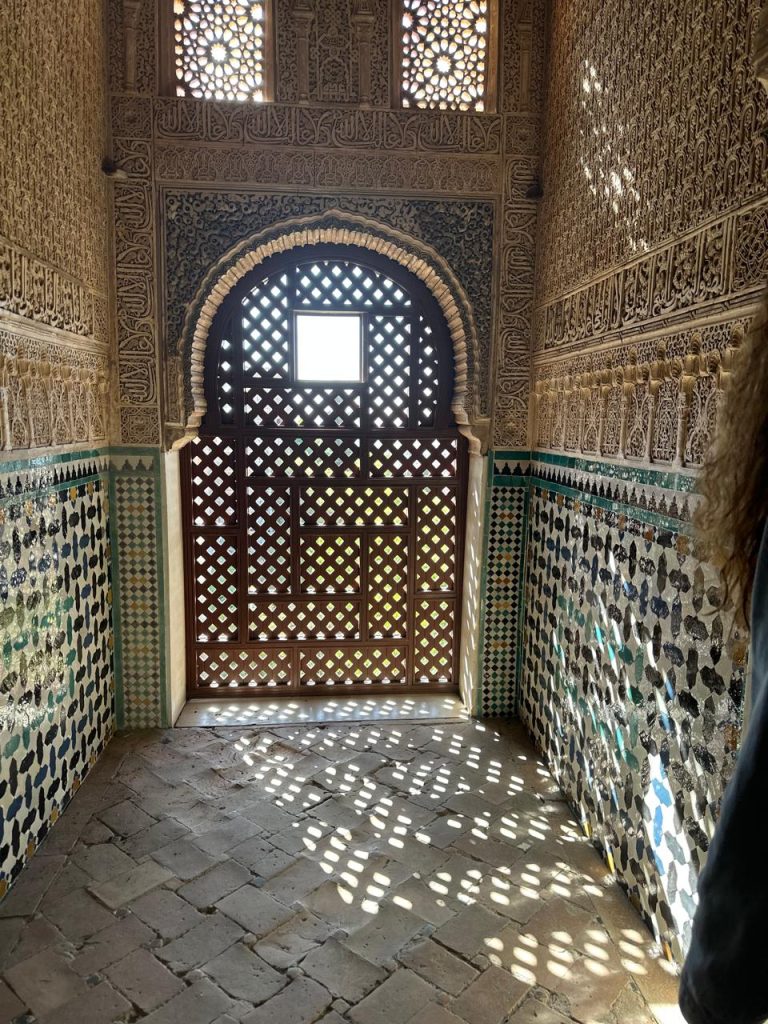
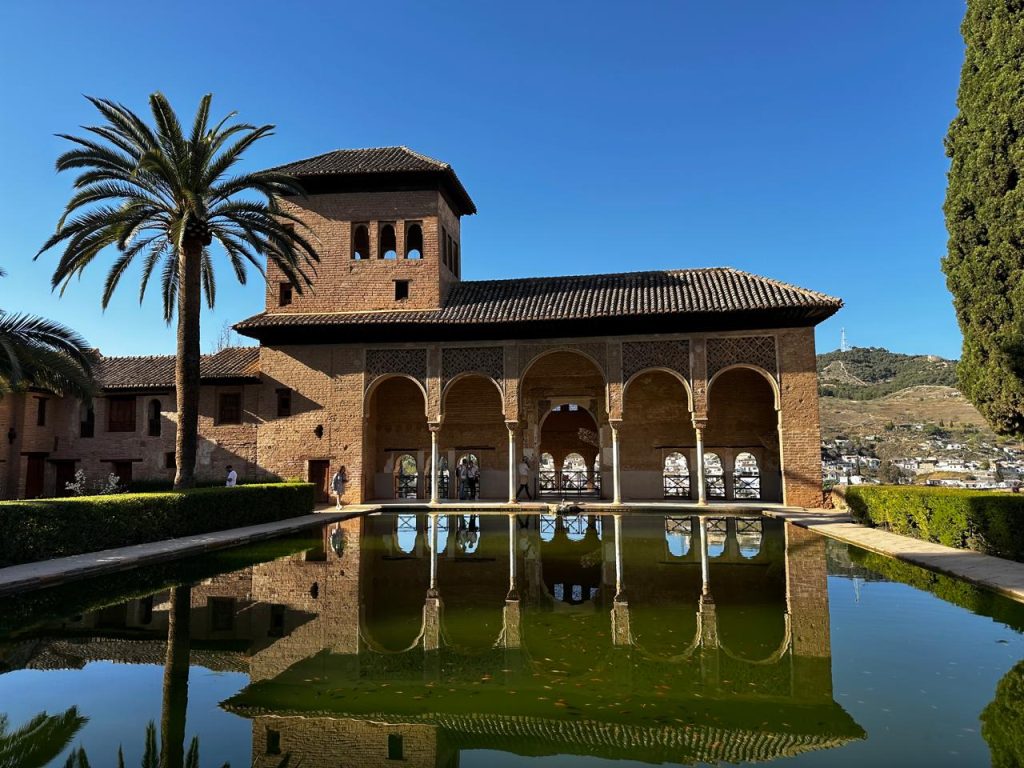
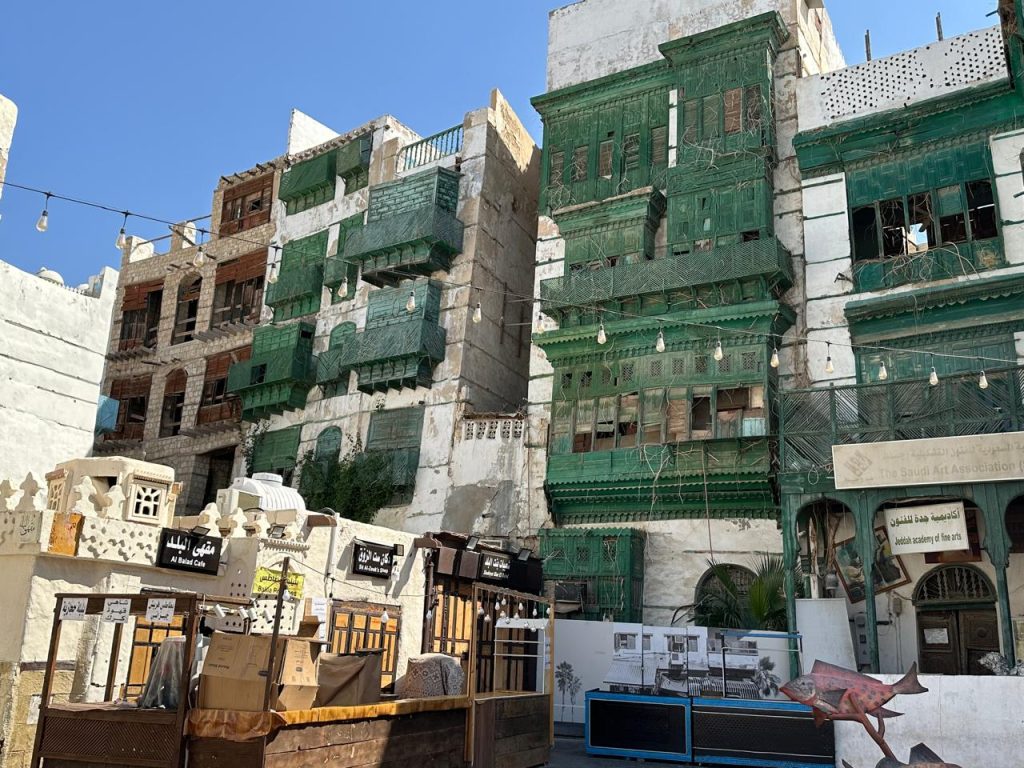

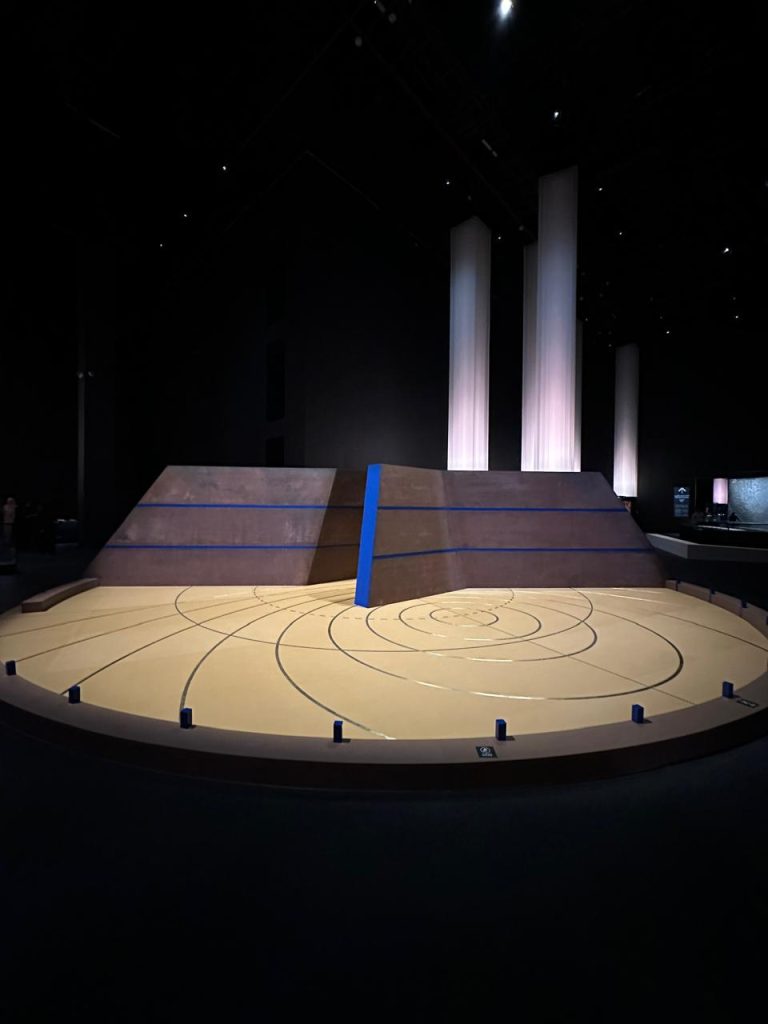

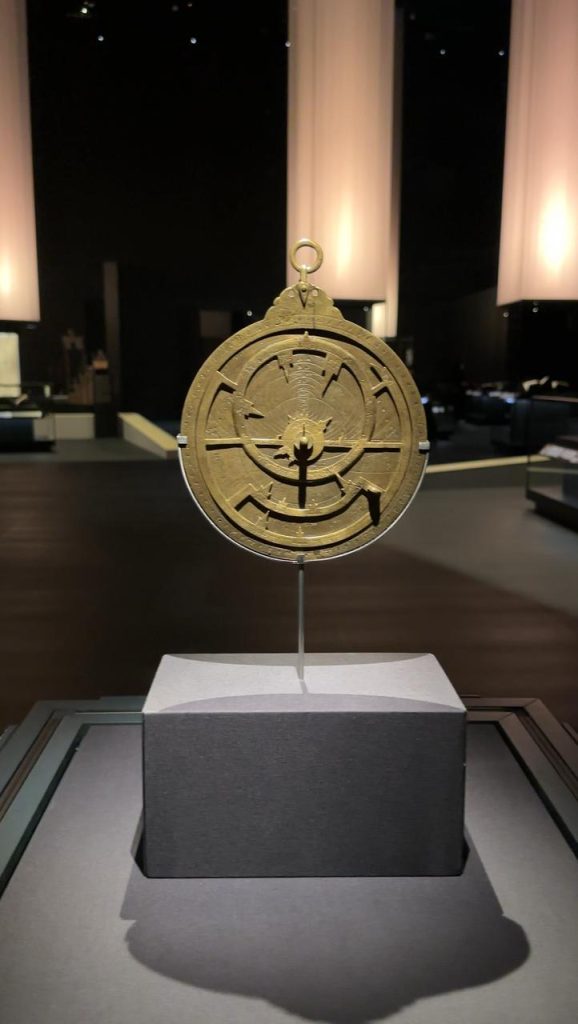
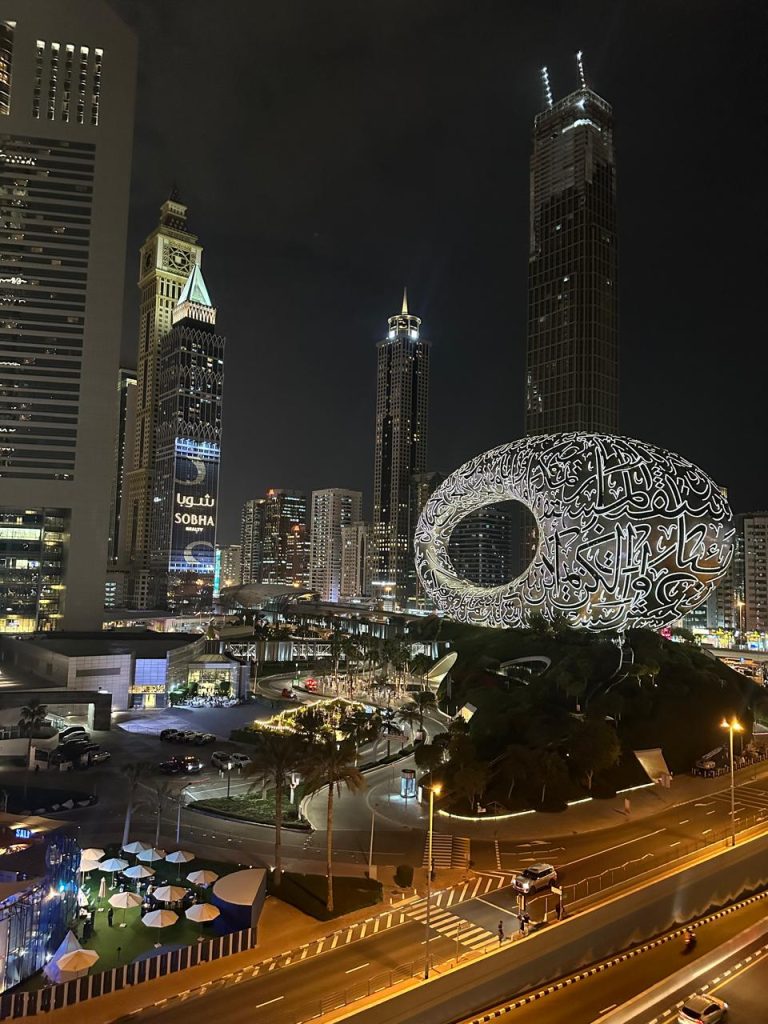
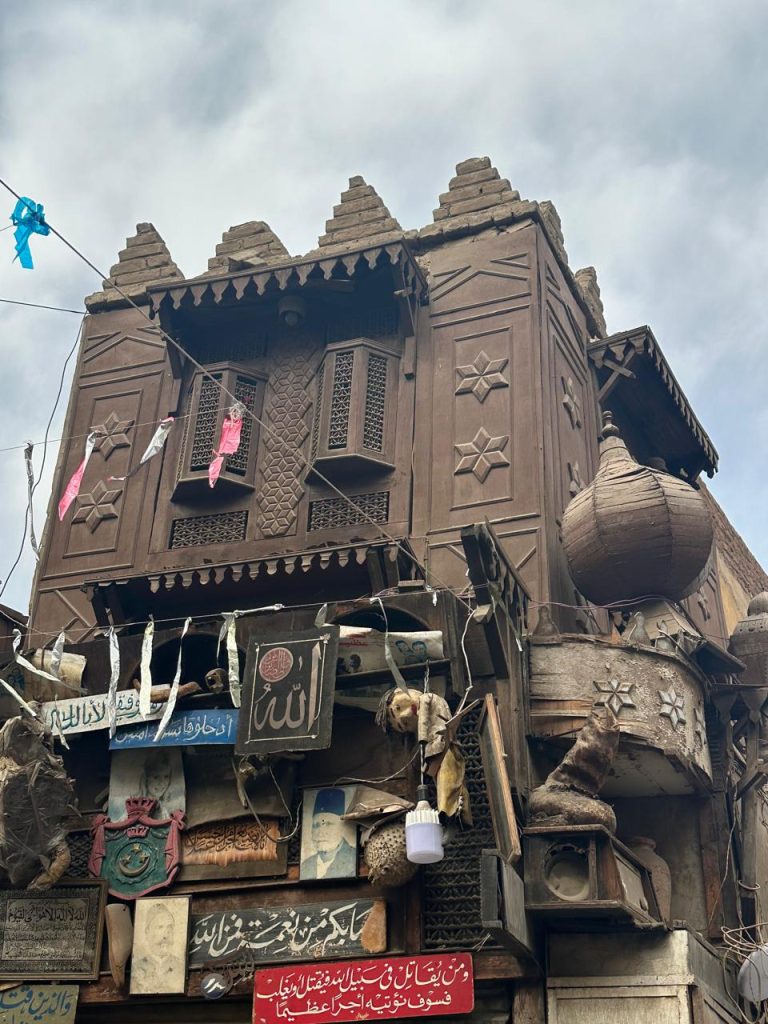
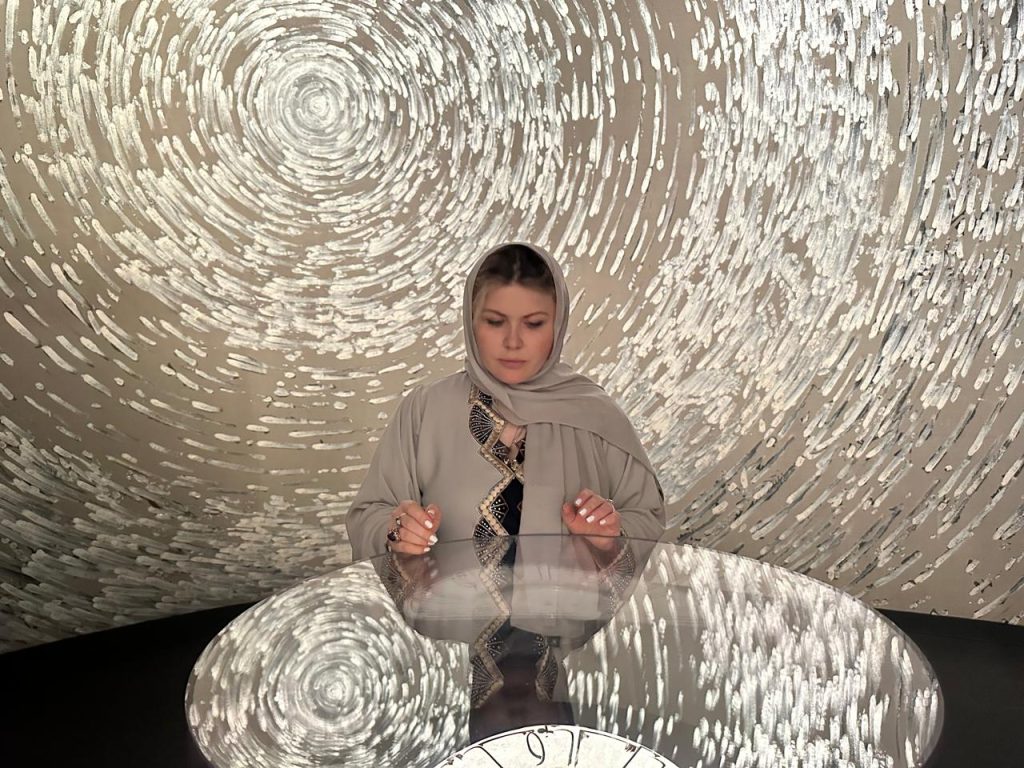
A Legacy I’m Proud to Be Part Of
Every day, I discover something new about the rich history, culture, and design philosophy of the Arab world—and every day, I feel grateful to be part of it.
Though I am not Arab by birth, I have spent years immersed in this world, working alongside architects and designers who carry this legacy forward with pride. Their knowledge, their heritage, and their ability to blend the past with the future inspire me deeply.
Arabic history is not just about architecture—it is about science, astronomy, mathematics, and medicine. It is centuries of innovation woven into the DNA of design, a testament to a civilization that has shaped the world in more ways than one.
And that is why I am so proud to live here, to work here, and to contribute—however I can—to preserving and reinterpreting this extraordinary architectural language.
Because true luxury is not about excess—it is about depth, history, and meaning. And Arabic architecture, in all its layers, is the finest example of that.
A Personal Note from Claire
As an architect, designer, and passionate explorer of art and culture, I am constantly inspired by the beauty and depth of Arabic design. Every journey adds new layers to my creative vision, and I am eager to continue sharing these discoveries with you.
Follow along on my travels and artistic explorations — I share real-time insights, inspirations, and stories from the heart of heritage architecture and contemporary design on Instagram.
Let’s keep this conversation alive. Join me on Instagram @clairedominics for more behind-the-scenes moments and design inspiration.
Looking for something more personal?
Read about our experience at Art Connects Women 2025 — a global exhibition that touched on legacy, emotion, and the power of visual storytelling.
📩 Interested in working with us?
We’d love to hear from you. Whether you’re planning a private residence, a hospitality project, or a cultural space —
Contact our studio →
Or message us directly on WhatsApp:
Click to chat
🤝 Let’s stay connected:
Follow our design journey, inspirations, and behind-the-scenes moments:
📍 Instagram
💼 LinkedIn

Warmly,
Claire Ordovsky Tanaevsky
Founder & Art Director, Claire Dominics Buro
HAVE QUERY?
Our team is eager to discuss your project requirements and explore how we can best assist you in achieving your goals. We look forward to the opportunity to collaborate with you and deliver exceptional results. Simply reach out via the channels below.